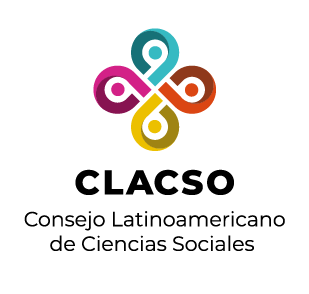Red de Bibliotecas Virtuales de Ciencias Sociales en
América Latina y el Caribe

Por favor, use este identificador para citar o enlazar este ítem:
https://biblioteca-repositorio.clacso.edu.ar/handle/CLACSO/236367| Título : | An essay of literary microhistory: poetic mutations in Lancelot, the Knight of the Cart and its links with the French cultures of the 12th century Un ensayo de microhistoria literaria: mutaciones poéticas en Lancelot o el Caballero de la Carreta y sus vínculos con las culturas francesas del siglo XII |
| Palabras clave : | Tristan and Iseut legend;arthurian roman;Chrétien de Troyes;leyenda de Tristán e Iseo;roman artúrico;Chrétien de Troyes |
| Editorial : | Facultad de Filosofía y Letras, Universidad de Buenos Aires |
| Descripción : | The history of Lancelot and Guinevere’s loves has an indisputable centrality in the romance production of Arthurian material, since, in the 12th century, Chrétien de Troyes sealed the fate of the knight in the service of his queen in Lancelot, The Knight of the Cart. In this way, Chrétien invented a legend that quickly came to compete, in analogous terms and from a similar theme, with the popular myth of Tristan and Iseut, which, from the dark places of insular Britain, had conquered the imagination of the medieval men.
Based on this assertion, the objective of the article is to review the relationship that the writer establishes between the two couples through the particular analysis of The Knight of the Cart. I will present some hypotheses concerning the type of love that the gentleman feels for his queen, which does not seem to reproduce Tristan’s feelings for Iseut. Finally, I will try to sketch an overview of the position that the text occupies in the whole work of Chrétien de Troyes, speculate on the guidelines that guided its production in general and propose some explanations of how the roman respond to specific intellectual coordinates of his time of writing. La historia de los amores de Lancelot y Ginebra posee una centralidad indiscutible en la producción romancesca de materia artúrica, desde que, en el siglo XII, Chrétien de Troyes sellara el destino del caballero al servicio de su reina en Lancelot o El caballero de la Carreta. De esta forma, Chrétien inventó una leyenda que rápidamente vino a competir, en términos análogos y a partir de una temática similar, con el popular mito de Tristán e Iseo, el cual, desde los oscuros parajes de la Bretaña insular, había conquistado la imaginación de los hombres medievales. En función de esta aseveración, el objetivo del artículo es revisar la relación que el escritor establece entre las dos parejas mediante el análisis particular de El caballero de la Carreta. Presentaré algunas hipótesis relativas al tipo de amor que el caballero siente para con su reina, el cual no parece reproducir los sentimientos de Tristán por Iseo. Finalmente, intentaré esbozar un panorama de la posición que el texto ocupa en toda la obra de Chrétien de Troyes, especular sobre las líneas directrices que guiaron su producción en general y proponer algunas explicaciones de cómo el roman responde a coordenadas intelectuales específicas de su momento de escritura. |
| URI : | https://biblioteca-repositorio.clacso.edu.ar/handle/CLACSO/236367 |
| Otros identificadores : | http://revistascientificas.filo.uba.ar/index.php/interlitteras/article/view/7135 10.34096/interlitteras.n1.7222 |
| Aparece en las colecciones: | Secretaría de Investigación y Posgrado - SIPFyL/UBA - Cosecha |
Ficheros en este ítem:
No hay ficheros asociados a este ítem.
Los ítems de DSpace están protegidos por copyright, con todos los derechos reservados, a menos que se indique lo contrario.